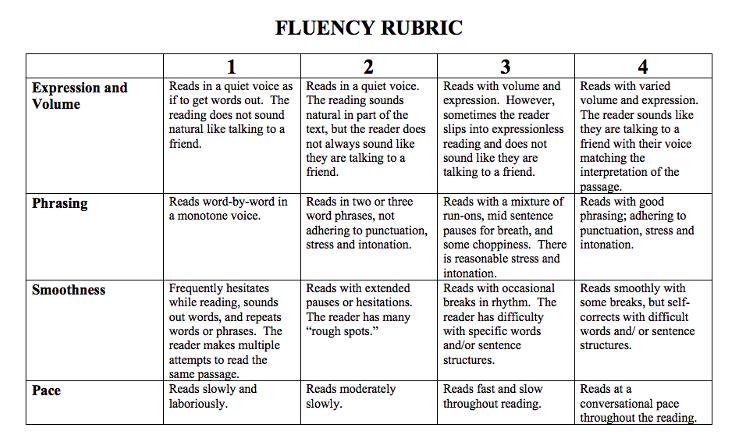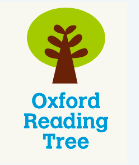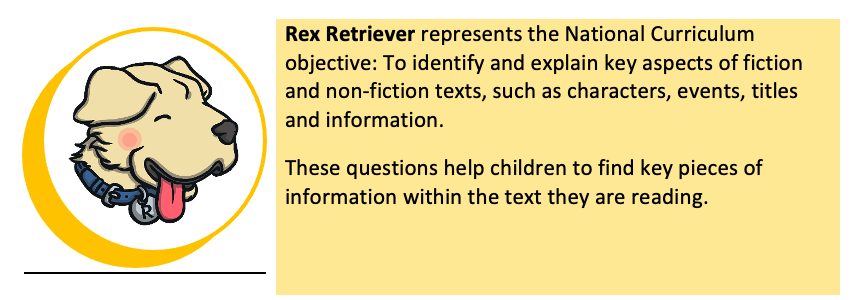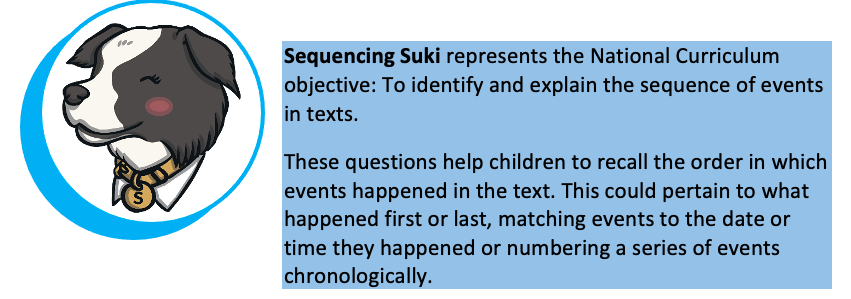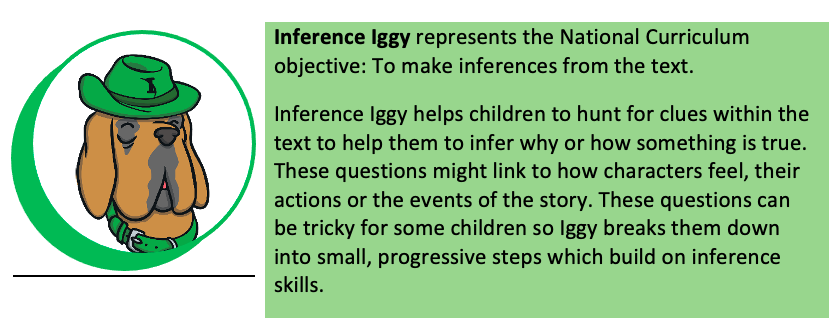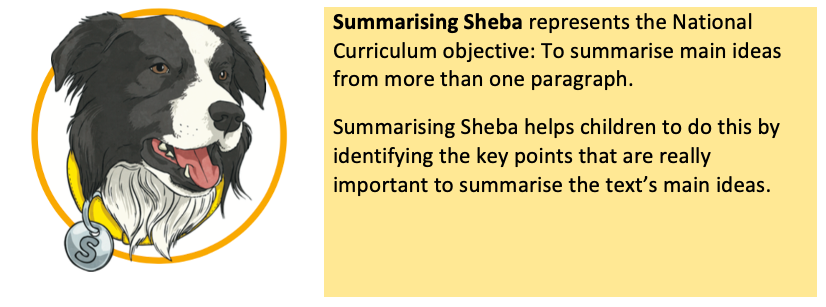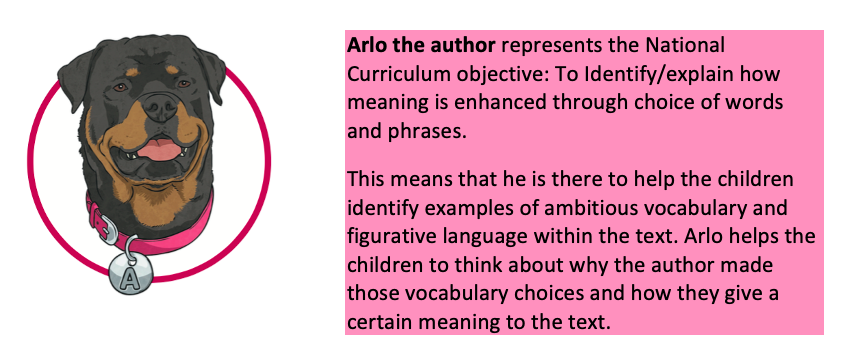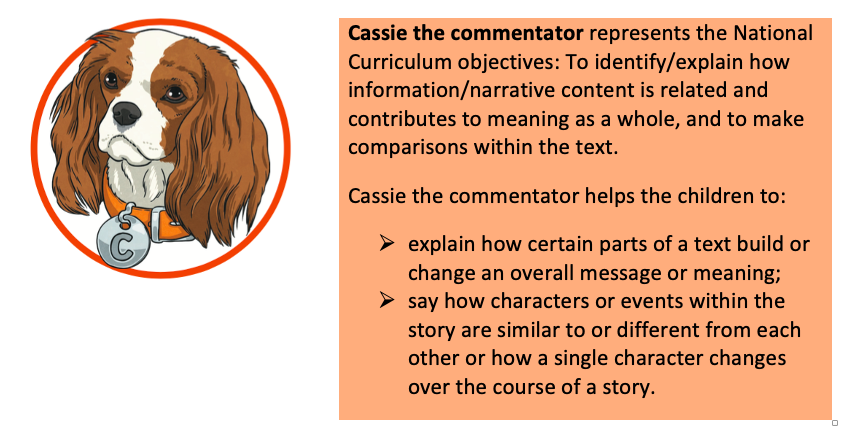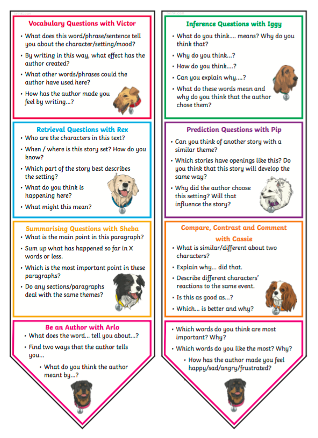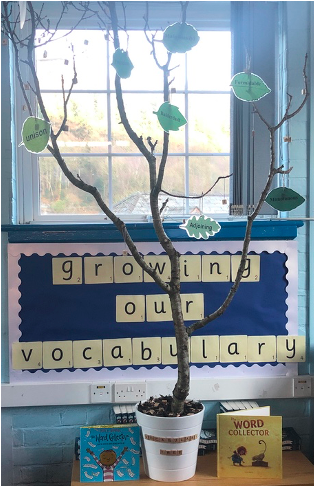Approaches to Reading
How is reading taught at Lydbrook Primary School?
At Lydbrook, we pride ourselves on being a school committed to developing a love for reading. We recognise how important it is to develop a passion for reading in our children, to enable them to be successful learners in all areas of the curriculum and in life beyond our school.
Research has found that children who read for pleasure are not only more likely to be lifelong readers, but they are also more likely to succeed both academically and socially.
Reading for pleasure in school
Time within the school day is dedicated to reading. Bookshelves have been developed in each classroom to inspire a love of reading with a range of fiction and non-fiction texts, including magazines and newspapers in Key Stage 2.
Project boxes including non-fiction texts from Gloucestershire Library support the children in their topic learning; children enjoy reading these during their free reading time.
All of our creative learning themes are linked to high quality texts that not only support the curriculum themes, but also captivate and immerse the children in rich reading experiences. As a school we understand the importance of sharing and enjoying reading books; within the school day, we dedicate specific times for the sharing of the class text. As well as promoting a love of books and lively discussions during this time, it also allows for teachers to model reading with expression and intonation. In Key Stage 2, children all have access to a copy of the book so that they are able to follow the text.
How can parents develop a love of reading?
- Do not limit children to the reading books that are sent home from school. For children to develop a life-long love of reading they should be exposed to rich and varied texts across fiction and non-fiction.
- Try not to view reading at home as ‘homework’ but spend 10 minutes a day enjoying a story together. Try to visit the local library and encourage children to choose books.
- Engage your child in The Gloucestershire Library Summer Reading Challenge during the summer break.
- If children can see a book they have brought in or recommended on the bookshelves in school being enjoyed by their peers, it can really help them to appreciate the value of the enjoyment of books. We welcome book donations for our bookshelves in school.
Early Reading
How is early reading taught in school?
Essential Letters and Sounds (ELS) is our chosen Phonics programme. The aim of ELS is ‘Getting all children to read well, quickly’. It teaches children to read by identifying the phonemes (the smallest unit of sound) and graphemes (the written version of the sound) within words and using these to read words. More information about ELS and how parents can support their children can be found in the ‘Phonics’ tab at the top of this page.
Fluency
What is reading fluency?
Fluency is a child’s ability to read an age appropriate text at a conversational pace with appropriate tone and expression.
Fluency can be broken into four strands:
- Expression and Volume
- Phrasing
- Smoothness
- Pace
Teachers use the Fluency Rubric below to identify children’s strengths and areas for development.
How is fluency developed in school?
All children in Reception and KS1 are regularly heard read on an individual basis. Those who are identified as needing further support will be heard 1:1 more frequently.
Within KS2, children who have been identified as needing support will also be heard on a 1:1 basis.
We use use the following strategies to teach and model fluency:
|
Modelling: |
Reading is modelled by an adult or peer and pupils read the same text aloud with appropriate feedback.
|
|
Repeated reading: |
Pupils re-read a short and meaningful passage or book until they reach a suitable level of fluency.
|
We encourage children to use a finger or bookmark to track their reading from above the text so that this does not interrupt the flow of their reading, particularly when reading across two lines of text.
How can parents support children’s reading fluency at home?
- Give children plenty of opportunities to practise reading aloud at home.
- Reinforce the strategies taught in school by encouraging your child to track their reading with a finger or bookmark from above the text.
- If your child is struggling with their early reading skills, focus on the skills of sound recognition, segmenting and blending.
- For older children, you can support the strategies used in school by using modelling and repeated repeating.
Reading Books
Pupil’s reading experience is much more than the reading book which comes home from school. Reading fluency and comprehension are taught in specific reading lessons, but children are practicing and using their ‘reading’ constantly across all subjects too.
Phonic Books
More information about supporting children whose reading books are linked to phonics can be found in the ‘Phonics’ tab at the top of this page.
Oxford Reading Tree Scheme Books
Children’s reading is assessed using the York Assessment for Reading Comprehension (YARC). This assessment provides an in-depth analysis of a pupil’s reading ability, including a ‘reading age’ for both reading rate (pace of reading) and reading accuracy.
Children’s reading ages are matched to our reading scheme books, Treetops from Oxford Reading Tree, ensuring that all children have books that are appropriately pitched for them to make progress in their reading rate and accuracy.
In addition to a scheme book, we encourage children to also choose and read a book ‘for pleasure.’ This can be a book from home or school.
Children in Year 5 and 6 may become ‘Free Readers’ if their reading age for accuracy, rate and understanding exceeds their chronological age.
How can parents support children with their reading books at home?
Parents can support their children through regular reading at home. Reading to and with your child every evening for at least ten minutes can make a dramatic difference to a child's achievement within school.
We ask that children are heard read at least four times per week at home from their phonic or scheme book. Children who are free readers in Years 5 and 6 can read to themselves at least four times per week. We ask parents to sign their child’s home contact book to acknowledge that their child has read.
How are reading books changed?
Our approach, supported by evidence, is to change a child’s reading book only when they are fluent and have demonstrated an understanding of what they have read.
This means that even if a child has read their book at home, an adult in school will also hear your child read before a decision is made to change a book.
Children may be asked to re-read sections of their book until they have reached a desirable level of fluency and understanding.
Comprehension
How do we teach reading comprehension in school?
Research shows that reading comprehension can be improved by teaching pupils specific strategies to understand the texts that they read. We have adopted ‘The Totally Pawsome Gang’ at Lydbrook School who are a team of canine characters whose sole purpose is to explore reading content domains within the National Curriculum, and break them down into accessible questions for children to unpick and explore.
Meet the Totally Pawsome Gang
In Key Stage 1, children will learn about the following canine characters to develop their reading comprehension skills:
In addition to the above reading skills, children in Key Stage 2 will also learn about the following reading skills and associated Pawsome Gang characters:
Each distinct reading comprehension skill is taught using this model:
|
The whole class share the same text. Teachers model how to use one comprehension strategy to understand a text.
|
|
Teacher led reading with small groups of children. These sessions focus on one distinct reading skill as well as combining previously learnt skills.
|
|
Children apply their understanding of the different strategies they have been taught to understand a wide range of texts that they read. |
For children to reach the level of independence needed within step 3, we teach and model each of the different strategies needed to understand a text so that children understand:
- What the strategy is
- How the strategy is used
- Why and when to use the strategy.
How can parents support reading comprehension at home?
Reading to support children’s language capabilities
Speaking and listening are at the heart of language, not only as foundations for reading and writing, but also as essential skills for thinking and communication. Research shows that exposing pupils to an increasingly wide range of texts, with an appropriate level of challenge, will develop their language capabilities. As children journey through Lydbrook Primary School, they are exposed to a wide variety of rich class texts linked to their curriculum themes. Teachers use both whole class and guided reading texts to explicitly teach the meaning of unfamiliar words in context.
Children are taught the importance of identifying new and unfamiliar words as well as strategies to support their understanding so they can ‘grow’ their vocabulary.
Once new vocabulary has been taught to children, it is displayed within the classrooms further exposing them to a rich language environment where they have opportunities to confidently experiment with the new words in a variety of contexts.
It is important that the words selected for display are words that ‘travel’ which means that they can be used in a variety of different writing and speaking contexts across a range of subjects.
